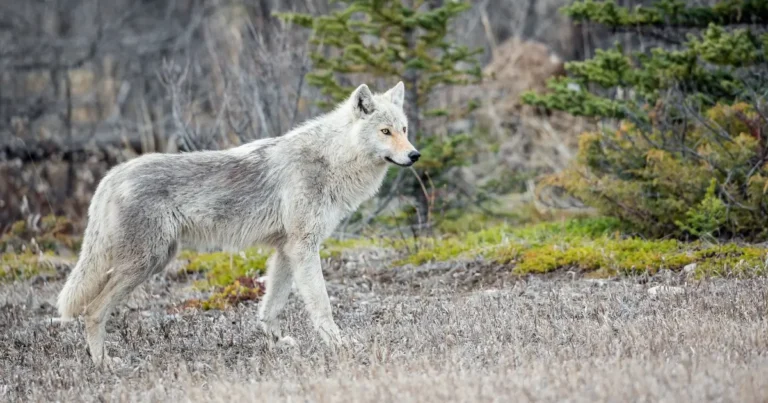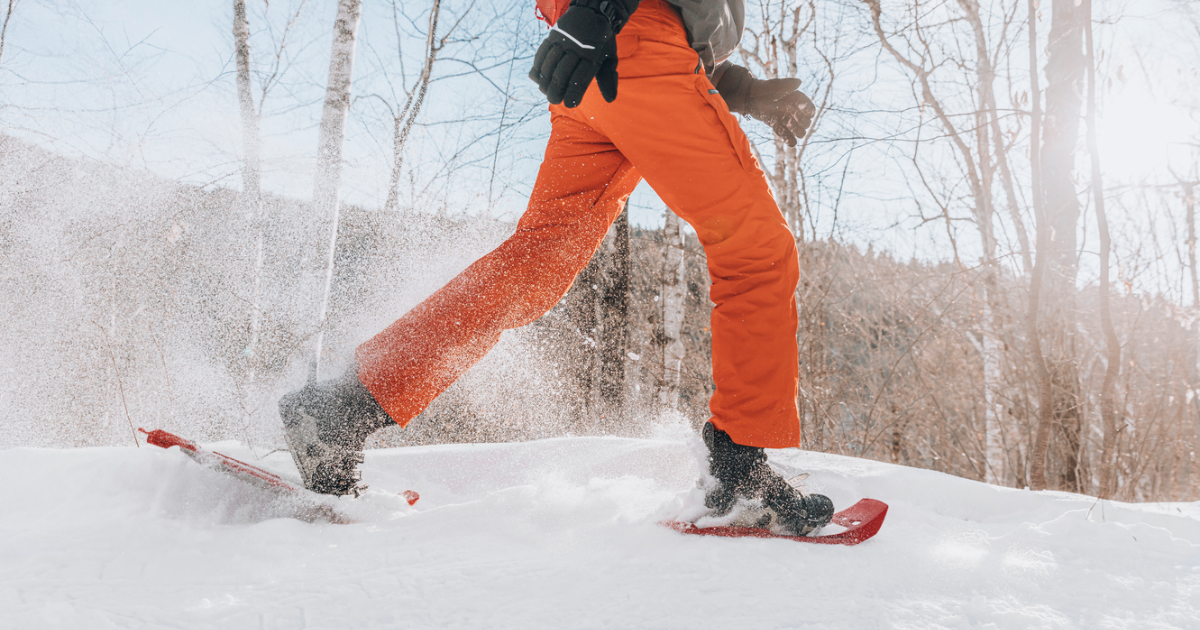
Photo by Maridav / Getty Images
By Meg Deak
Balancing outdoor recreation and preserving nature is a challenge. People want to enjoy the outdoors with activities such as hiking or skiing. While these activities seen as relatively harmless, there are negative impacts to wildlife. In some cases, people are harming the wildlife and nature they are seeking to enjoy. Being aware of the impacts and how to reduce them is important to coexisting with wildlife. Here we will look at how winter sports can impact wildlife and how you can reduce your impact.
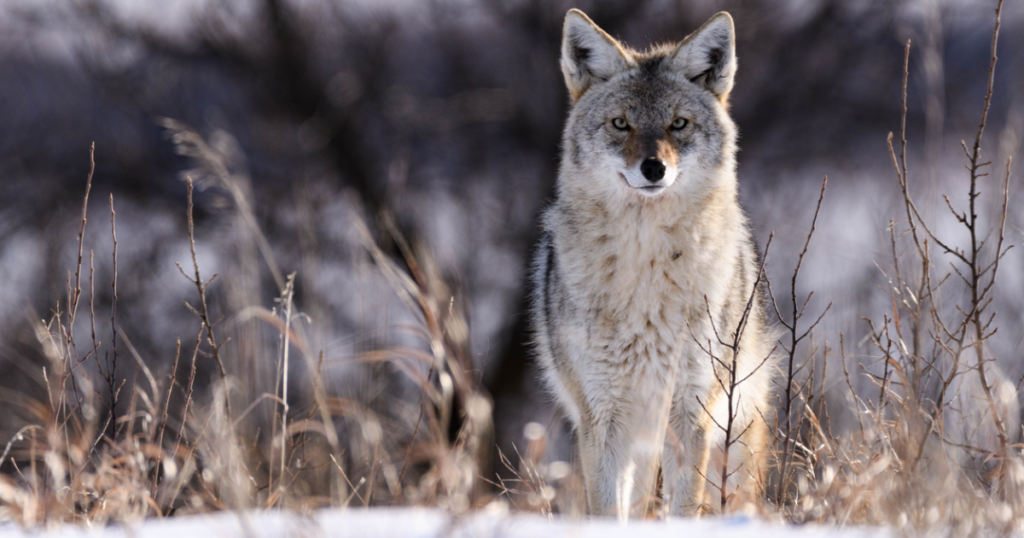
Photo by hartmanc10 / Getty Images
Impact on Animals
Winter is a difficult time for animals. Food availability is scarce and freezing temperatures provide extra stress. Exerting as little energy as possible is necessary for an animal’s survival. Some animals, such as bears and bats, hibernate to survive during the winter. Other animals, such as elk, migrate to areas with less snow.
People may not intend to disturb wildlife when enjoying outdoor recreational activities. However, wildlife often perceives humans as a threat. In response, animals become more vigilant. This means they are more anxious and spend time looking around for threats instead of foraging. If the threat seems immediate, the animals will run away. While prey fearing a predator is a natural process, the amount of stress animals face from seeing people exceeds stress levels animals have from seeing a predator.
Glucocorticoid Concentrations
A 2016 study by Larson et al found that 59% of reports looking at the impact of recreation on wildlife had negative outcomes for wildlife. Snow recreational activities were found to have 1.3 times more of a negative impact than other activities. Researchers measured glucocorticoid (GC) concentrations to determine stress to the animals. These hormones help regulate an animal’s behavior, immune function, foraging efficiency, glucose metabolism, and locomotion. A 2002 study looking at the response of elk and wolves to snowmobiles, found significantly higher levels of GC in elk and wolves in areas where there were more snowmobiles.
Edging Effect
Besides having a direct physiological impact on animals, outdoor recreation on popular trails can fragment habitats causing the edging effect. Edging effect is when the species are changing at the boundary of a habitat. This can hurt the vitality of some species. In some places, snowmobile use has hindered animals’ ability to access grazing areas they depend on for food. A study done in Yellowstone Park found that heavy snowmobile traffic hindered animals’ ability to travel to preferred grazing areas. Other studies have shown that elk were displaced from their habitat in areas with increased snowmobile activity. Following the development and use of the Nordic ski system, moose were also shown to be displaced in Elk Island National Park.
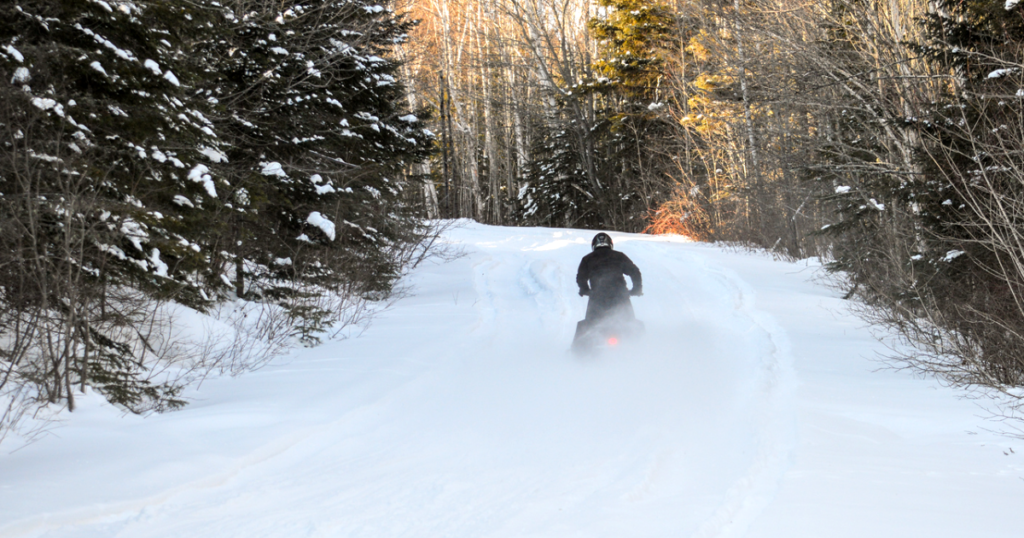
Photo by Suzie Boulianne / Getty Images
Noise Pollution
Another factor to consider with outdoor recreation activities such as snowmobiling is noise. Most people have heard of pollution from chemicals such as carbon dioxide, however there are other types of pollution that impact wildlife. For example, noise pollution is disruptive and stressful for an animal used to a secure, undisturbed, habitat. Four-stroke snowmachines and snowmobiles used close to the backcountry are disruptive to the soundscape of animals. Noise from snowmobiles can disrupt animal communications, alter behavior, increase stress, and may reduce survival fitness.
A noise study done in Yellowstone found snowmobiles were audible up to a half a mile away (0.8 km), even when the environment allowed for the best-case scenario. Other studies have found the noise from snowmobiles carries up to ten miles (16 km) away. While newer models are quieter, groups of snowmobiles have a similar effect on the ecosystem as older ones.
Snow Compaction
While snow compaction may sound like a trivial issue, using machines such as snowmobiles compact snow much faster than walking on the ground. Snow compaction can negatively affect vegetation, soil, and wildlife, increasing snowpack density and hardness. Snow compaction also lowers soil temperature which reduces the survival of plants and soil microbes. These soil microbes are critical in the plant food cycle. Reducing soil microbes can slow and prevent the growth of spring flowers. Plants exposed to snowmobiles can also break off. In some cases, snow compaction can even prevent the ground from freezing.
Negative effects from snowmobiling more apparent in areas with less than 12 inches of snow. An experimental study found snow hardness increased 500-2,000 times in areas with snowmobile use in shallow snow. Snowmobiling in areas with shallow snow can also increase soil erosion, which can lead to increased run off.
Does Activity Type Matter?
In some cases, the presence of humans causes anxiety for wildlife and the type of recreational activity doesn’t matter. A 2003 paper by Audrey Taylor and Richard Knight in Ecological Applications, aimed to understand the impact of outdoor recreation on wildlife on Antelope Island, a Utah park. Researchers expected activities with more equipment, such as mountain biking, to have a worse impact on wildlife. However, the paper found that mountain bikers and hikers both caused a nearly identical anxiety response within wildlife. This shows the importance of being aware of your impact on wildlife regardless of the activity you are doing.
Finding Space
To participate in winter recreation activities, people need outdoor space. As more people become involved in winter recreation, there is a concern that we will be more people participating in the sports than space available. In a 2010 survey, 10.7 million people participated in snowmobiling in the United States alone. In the 2012-2013 winter season, 8.12 million people participated in cross-country skiing, snowshoeing, or telemark skiing. These numbers are projected to increase. Backcountry skiing is expected to grow into 2060. The National Forest Service conducted a National Visitor Use Monitoring Program (NVUM). Their findings indicated there will be more people than space available to do winter recreational winter sports in the future.
The report states, “There will likely be more conflicts among recreationists who will be competing at the same times for use of some of the same areas and sites for different forms of outdoor recreation.” Considering the rise in popularity of winter sports, it’s safe to say the sports won’t be going away anytime soon.
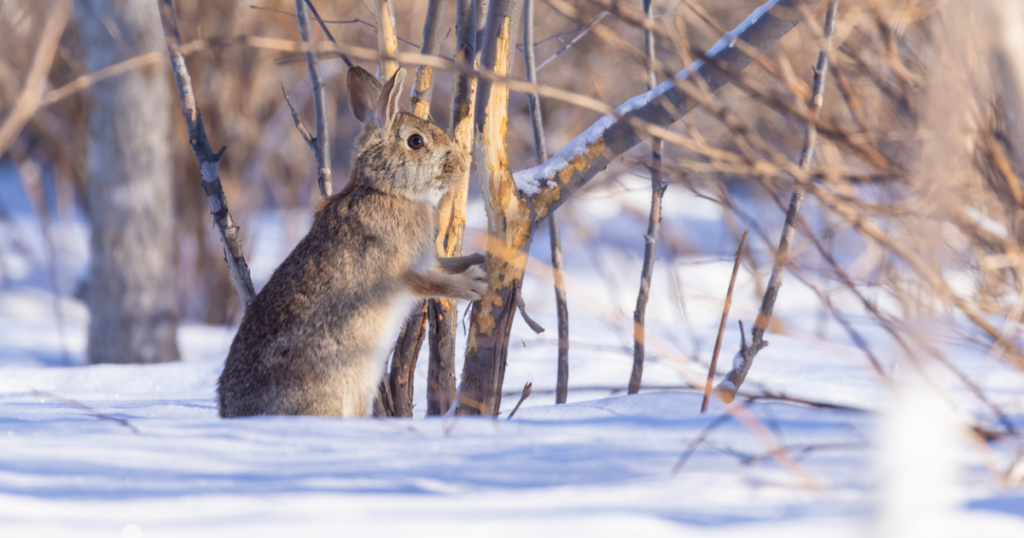
Photo by mirceax / Getty Images
Staying on Trail
Outdoor recreation is a part of promoting conservation and the preservation of natural spaces. With more people participating in winter sports, it’s important to think about balancing conservation and recreation. While these two goals don’t always align, people can enjoy outdoor activities while reducing their impact.
Having natural cover for wildlife on trails is a way to reduce stress to wildlife. For those participating in winter activities where you can stay on a trail or designated path, staying on the trail is one of the biggest ways to reduce wildlife stress. When areas off trail are off-limits to people, this allows a space for wildlife to relax.
As with most things, the best protective measure is prevention. Educating outdoor recreationists about the need to keep a respectable distance from wildlife is a great first step towards mitigating the problem. Understanding that winter is a hard time for animals and being mindful and respective of their space helps them survive.
This article was written by volunteer Meg Deak on behalf of The Fur-Bearers. Would you like to be a volunteer writer? Find out more about volunteering by clicking here.
